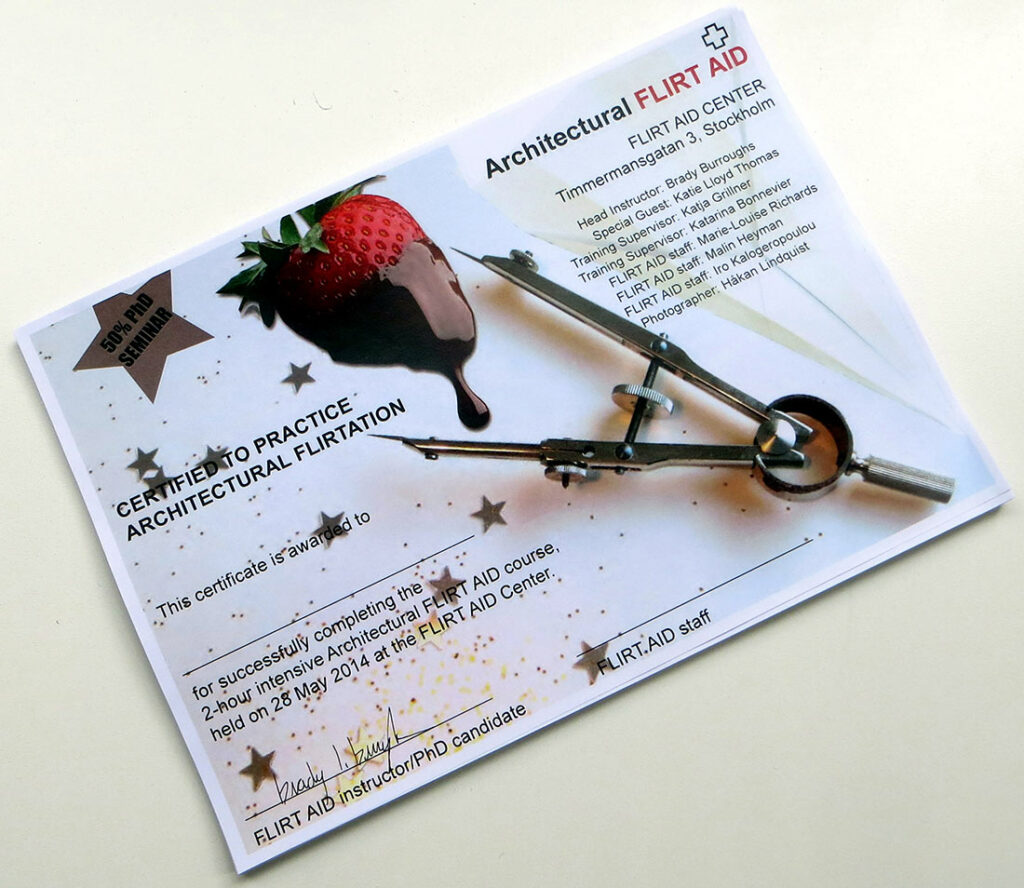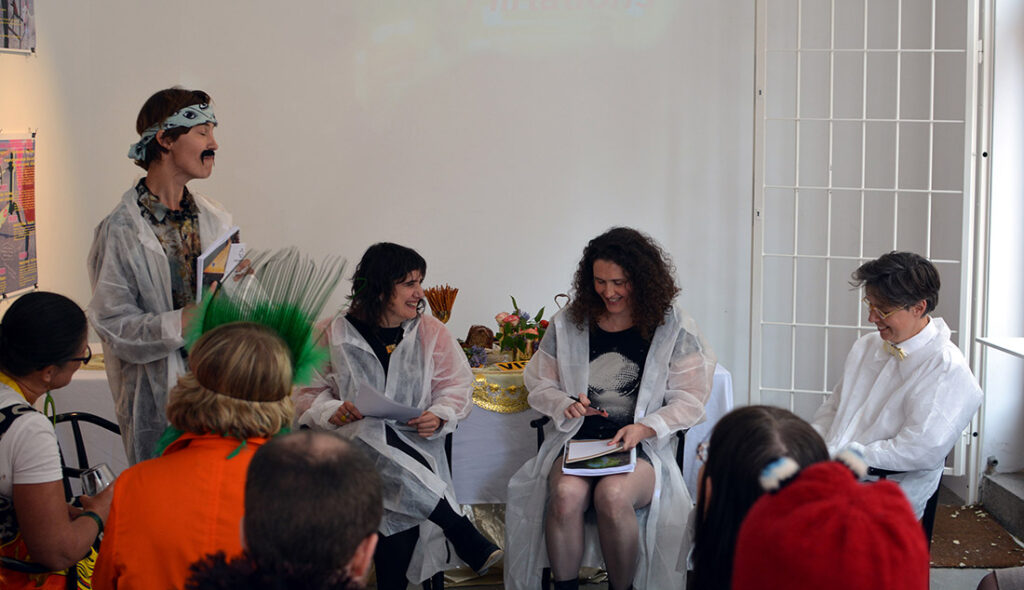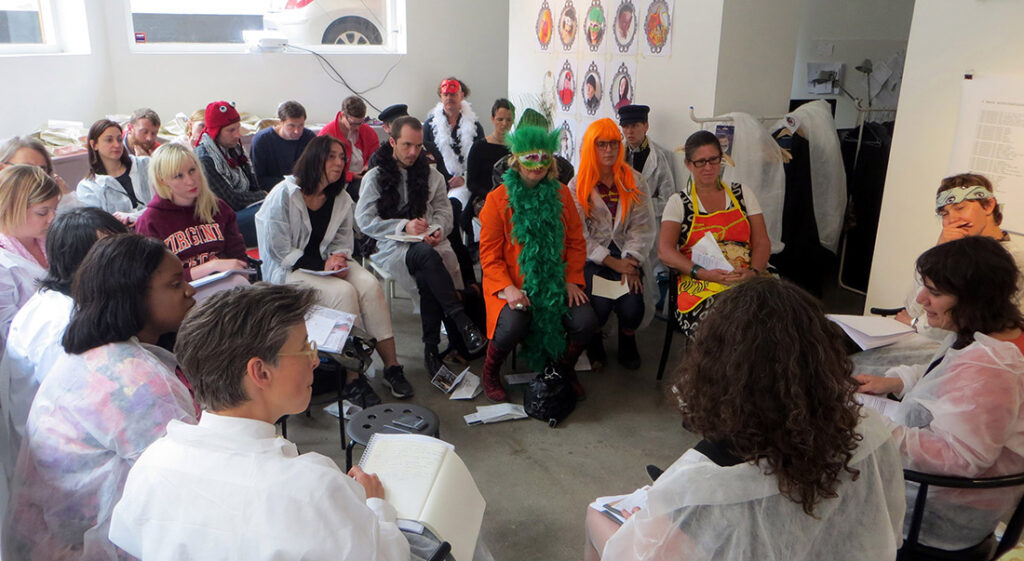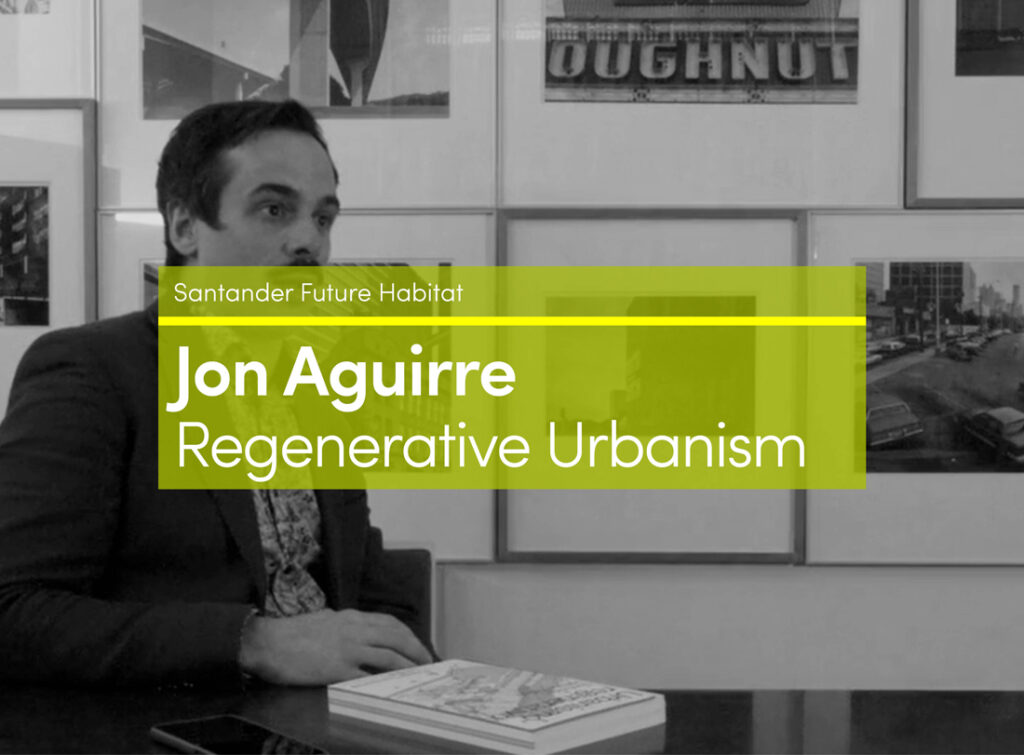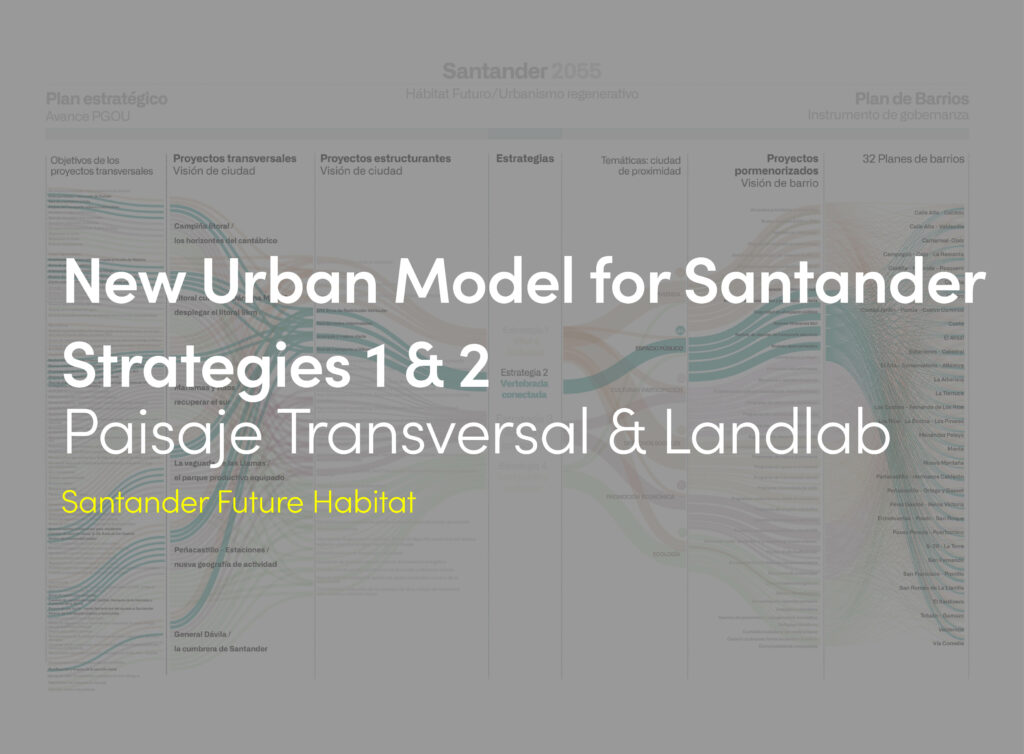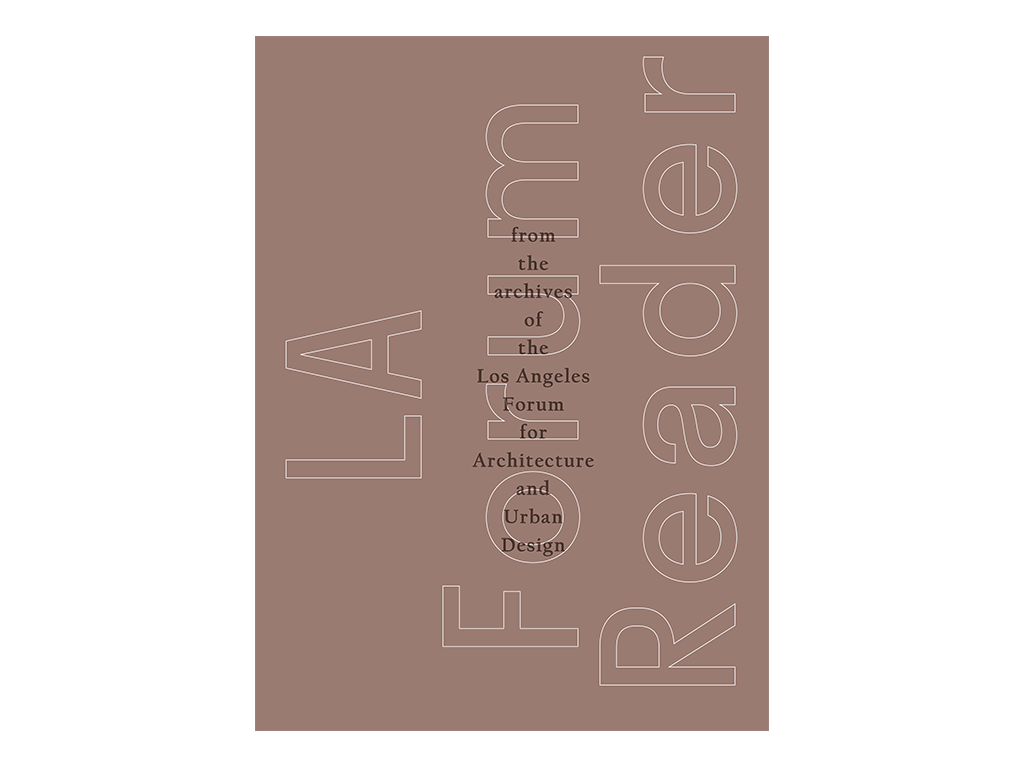In this chapter, I aim to briefly describe and position the key concepts that form the central idea of my recently published dissertation Architectural Flirtations: A Love Storey. I explore the terms architectural, flirtations and critique, in relation to ideas about architects and their formation, staked out by architect and theorist, Dana Cuff in her chapter “The Making of an Architect” from 1991.[1] Cuff writes: “The ethos of a profession is born in schools.”[2] For me, it’s obvious that the effects are lasting! Although written almost 25 years ago, around the time of my own design education, I am struck by the degree to which my masters architecture students still recognize elements of their own education in Cuff’s text when reading it together in March 2014.[3] In revisiting the central aspects that contribute to making a culture of architects, what Cuff describes as enculturation, “a process that transforms layperson into architect through the knowledge, experience, and authority gained over the course of a career,” with a specific focus on education, I propose an intentional and continuous displacing of what I call the center. [4] This strategy, what I call architectural flirtations, involves clearing ground for more ethical, socially conscious, and generous architectural conversations.
Certificates: Both the Flirt Aid Kit and the “official” certificate participants receive at the end of the course are Campy, equally silly as they are serious, but the message they carry is not uncritical: Architecture is in critical condition and in dire need of Flirt Aid! Photo by Håkan Lindquist.
Architectural
Why do I insist on using the word architectural? Situated within what feminist, art and architectural theorist Jane Rendell describes, in “Critical Spatial Practices: Setting Out a Feminist Approach to some Modes and what Matters in Architecture,” as one of the five thematics of current feminist critical spatial practices- performativity, my work is most often a joining of (queer) feminist, literary and architectural disciplines within a theatrical guise, “to explore the ‘position’ of the writer through the spatial and material qualities of the text.”[5] I write stories as an architect, about architects, within and around architecture, inspired by architectural encounters and phenomena. At times, I would even claim that I write architecturally, but it is absolutely a creative and an interdisciplinary endeavor. According to Cuff: “Becoming an architect is about becoming an artist, but a peculiar kind of artist who stays within certain boundaries… The process of becoming an architect is one of learning socially appropriate avenues for creativity.”[6]
I understand Cuff’s intention of evoking the figure of the artist as an example of an autonomous individual, in order to emphasize the incongruity of architecture’s strong identification with and lingering myth of the lone creative (male) genius, in relation to the collective teams necessary to do the actual work. She points to an unresolved conflict between a perceived freedom in the process of design and the more constraining practical aspects of business associated with professional practice.[7] Cuff admits that even most art practices must resolve these very same conflicting roles she is referring to, but states that she uses a stereotypical artist in order to get at the way most architects are fostered to see themselves primarily as the architect-artist, rather than identifying with their managerial or collaborative roles.[8] Jane Rendell, on the other hand, describes a more complex understanding of artistic practice and collaboration, and focuses specifically on interdisciplinary work that offers “a critical feminist alternative to conventional architectural practice.”[9] Noorgheless, could it be these certain boundaries and socially appropriate avenues necessary in becoming an architect and mentioned by Cuff, designating the limitations of the discipline, that Rendell finds constricting in her desire to expand the field through the use of the term critical spatial practice, leaving the term architectural behind?
While I empathize and agree with Rendell’s call for a more interdisciplinary perspective and expansion of the field of architecture, I wonder if there might be another way to approach the disciplinary limits of architecture, or its certain boundaries and socially appropriate avenues? My concern is that in giving up the term architectural, work done under the epithet spatial may be relegated to the margins, leaving the bastion of architecture located firmly at the center, unchanged. Since the word architectural is directly associated to the discipline I intend to affect, Architecture – with a capital A (to signify a self-perpetuating patriarchal discipline and canonical culture that is in need of change), and because I recognize this inherent association with power, I choose strategically to call any and everything I do architectural. In the conclusion of her text on critical spatial practices, Jane Rendell stresses the continued importance in making explicit references to feminism in order not to “partake in the act of obscuring feminism’s political imperative” in an attempt to find “less oppositional ways of being feminist”.[10] In a similar manner, I would suggest that “contemporary feminist practitioners interested in architecture” cannot afford to give up the term architectural, if the intention is to change it.[11]
Supervisors, opponent, and PhD candidate: Shifting the roles of a typical research seminar to enact this fictional course, my role as PhD candidate shifted to head instructor, my academic advisors became training supervisors, my “opponent” performed as the special guest affiliate, while my former students and friends who helped guide those attending, became my Flirt Aid staff. Photo by Håkan Lindquist.
Flirtations
Beyond the matter of terminology, I address serious issues, specific but perhaps not exclusive, to the architectural discipline and culture (within educational institutions) through architectural flirtations. My work focuses primarily on the education and formation of young architects through pedagogical practices that touch upon different areas within the architectural discipline, such as research, pedagogy and professional practice. The term is an adaptation of historian and performance/queer theorist Gavin Butt’s notion of scholarly flirtations.[12] Both architectural- and scholarly flirtations seek ways to challenge the seriousness of traditional forms of critical writing through playful experimentation, without worrying so much about possible failure or outcomes; however, architectural flirtations extend the scope to include not only critical writing, but also architectural design and pedagogical forms of design education. In the development of queer Campy practices or a mode of working, my aim is to question and find new ways of approaching the habits of an architectural culture, specifically those of criticism and critique within that culture.
Architectural- and Scholarly flirtations are similar in their intent to undermine the reproduction of power within serious or traditional subjects, and/or approaches to these subjects, through an act of queer scholarship that is purposefully improper and contingent. However, while Butt’s scholarly flirtations remain concentrated on the study of contemporary art and performance, I see possibilities in the flirtatious performative act itself as a mode of doing, applicable to the field of architectural design and pedagogy and pertinent to the self-critique of critical research within the field. More specifically, Butt is interested in the possible knowledge production of these flirtatious experiences and the (other) ways this knowledge may be recounted, while I am perhaps more concerned with what the actual space of contingency can offer, in the very moment this knowledge is being produced. In the performatvie mode, the difference is between talking about something or actually doing it. It is my attempt to take seriously, and develop, the line of questioning Gavin Butt initiates.
In reference to a quotation from psychotherapist and essayist Adam Phillips’ book On Flirtation, Gavin Butt reminds us: “The fact that people tend to flirt only with serious things- madness, disaster, other people- and the fact that flirting is a pleasure, makes it a relationship, a way of doing things, worth considering.”[13] I am interested in this way of doing things that contributes to the formation of an architectural discipline in general, but more specifically, in the practices that aim to produce specific architectural cultures. Cuff writes: “…the metamorphosis from layperson to architect tells us much about how the architectural profession sees itself. As a group teaches its prospective members how to belong, the observer grasps the important traits of the culture.”[14] The status of culture implies that the “correct” way of doing things has become established, hence deemed professional or serious, and therefore rarely questioned or even noticed, as a habit from a certain time and place. It occupies the center, and its influence extends to all aspects of the culture it represents. These aspects, in turn, assume the habits or norms of a larger culture, according to prevailing social systems and hierarchies of power. Cuff argues: “It is my contention that the social context of a work of architecture is at least as influential as the properties of building materials or the building site.”[15] How might architectural flirtations provide a re-orientation or displacement of this center, and suggest other ways of doing things?
In her experimental essay “Notes on ‘Camp’” in note form, with the intention of exploring the Camp sensibility, cultural-political critic and author Susan Sontag writes: “The whole point of Camp is to dethrone the serious. Camp is playful, anti-serious. More precisely, Camp involves a new, more complex relation to ‘the serious.’ One can be serious about the frivolous, frivolous about the serious.”[16] Gavin Butt suggests that Sontag’s text can be seen as a “staging of a provisionality,” as if she will at a later stage write a more serious scholarly article.[17] Sontag performs the indeterminable quality of Camp- its reluctance to be pinned down or defined in its tension between the serious and the frivolous, by making a list. By refusing the temptation to put forth a full-fledged idea, she retains the tentativeness in a list of points, giving the sense of incompleteness, as if they may be revised, deleted or even added to. It indicates that the statement may perhaps not be taken at face value. There’s something else going on here! Immediately, as Butt suggests, the question arises: Should I take this seriously, or not? In this way, “Notes on ‘Camp’” performs an act of flirtatious writing. I am interested in both the performative flirtatious act, as well as the flirtational intention to shift or re-orientate the habits of a culture, in order to find a more complex relation to “the serious.”[18]
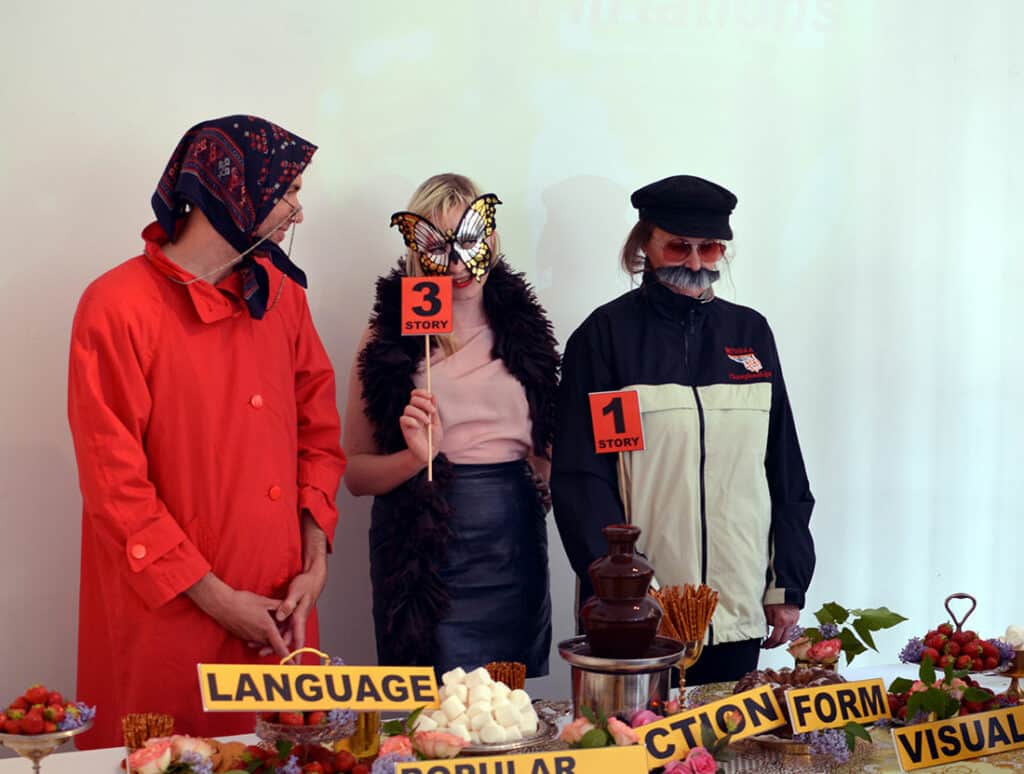
Meeting the characters and constructing the living diagram: The theatrical aspects of the seminar created situations where it was ok to play, even be silly, while still getting serious academic work done. Photo by Håkan Lindquist.
The strength of other important queer-feminist performative work, such as that of my colleagues Katarina Bonnevier, Thérèse Kristiansson and Mariana Alves, of the Stockholm-based art and architecture collective MYCKET, most directly inspires and influences me as a clear example of shifting the rules of engagement and challenging the serious within architectural practice, as well as in architectural scholarship.[19] They make rooms of love (and sex), safe spaces, or what Katarina Bonnevier sometimes refers to as the kindly disposed room, most often for and with groups located outside of what is usually considered the center. In her account of current feminist spatial practices, Jane Rendell notes the rise of interdisciplinary and practice-led research, where the tendency of contemporary feminist practitioners “highlights an interest not only in the end product, but in the process of designing itself, pointing to the importance of the dialogue between theory and practice in architecture.”[20] This interest in the performative act of research, and the desire to combine practice and theory, is something MYCKET and I share; however, I also see an important distinction between our work, in both the intention and the way change is brought about.
MYCKET’s work is direct, it’s in-your-face, and it aims (and usually manages) to create temporary utopias or places that allow and encourage other ways of being in the world. One specific example is their Club Scene events, where they reconstruct and reenact historical queer clubs from around the world, experimenting with performance through spaces, scenography, costumes, and bodies. The recurring usage of slogans like “Every Time We Fuck We Win” or “An Army of Lovers Cannot Lose,” phrases borrowed from The Queer Nation Manifesto and used by MYCKET as both posters and “guerrilla” flyers in several of these events, is one detail that speaks of the very clear urgency in their work.[21] It’s voracious, there’s an appetite for victory and there are no apologies! MYCKET’s work makes space, and although there may be some flirtation involved, I’m not certain that it is ultimately about the flirt. Rather, I would suggest that it is closer to seduction, as there is a clear desire for resolve or a “consummation” of the original intention, in order to achieve these utopian places, even if the result is fleeting. To put it in a historical perspective, this work resembles the directness of the post-Stonewall tactics of many queer activist groups, rather than a more subtle, coded, pre-Stonewall campiness that lends itself to flirtation.[22]
Architectural flirtations, on the other hand, make space within acts of anticipation and contingency, regardless of the outcome. In contrast to a more confrontational, in-your-face approach, the flirt engages in a playful displacement of the center, pulling and pushing it around like the lead in an enticing dance, eventually dissolving the defining edges of the center to expand what the center might include, or moving them over to make room for new centers.[23] In this way, the space it makes is less defined and more like clearing ground. In an article on queering phenomenology, Sara Ahmed describes a similar act of clearing ground as she proposes that “orientation is a matter of how we reside or how we clear space that is familiar.”[24] “Orientations are about the directions we take that put some things and not others in our reach.”[25] Ahmed borrows a term from queer-feminist literary theorist Teresa de Lauretis, habit-change, to describe the queer act of re-orientation in order to bring those things (and people) that were previously unavailable, in a conventional geneaology, within reach.[26] It is this act of re-orientating, or recentring, brought about by the flirt that I pose as a possibility for instigating change in the habits of an architectural discipline and culture.
While there are strengths and weaknesses in both of these approaches, depending on the situation, I would suggest that flirtation is perhaps particularly applicable to pedagogical situations. One of its clear advantages is that, although it does make demands, it doesn’t exclude what is already in the center. In other words, it’s not only useful for the “queer kid” (or any position(s) that understands itself as being outside of the center) who is perhaps searching for a role model and a place to belong, but also seeks out the future architectural critic, already schooled in the culture of the architectural profession, who may have a direct effect on that very same “queer kid” in a pin-up. However, it is important to remember that the three previously mentioned spheres within an architectural culture or discipline; research, pedagogy, and the profession, each have their own centers or habits that are different and that at times may overlap or even displace each other, so flirtations must always be situated. Likewise, the position of the flirt is subject to the prevailing hierarchies at work within specific situations, so the possibility for- and effectiveness of a flirtation is also dependent on the intersections of gender, race, sexuality, class… and any combination thereof. Therefore, flirting tactics are always uncertain and must be adjusted accordingly.
In her trilogy on teaching, feminist writer, theorist and activist bell hooks describes engaged pedagogical settings, not as so-called “safe spaces” where everyone agrees, but rather as spaces that “know how to cope in situations of risk.”[27] And yes, flirtation is risky, in its inherent vulnerability in not knowing how things might turn out, as the center is always slippery and reluctant to give up its privileges. Butt notes: “Flirtation may be deemed ‘weak’ by dint of its pleasurable embrace of uncertainty and doubt.”[28] However, in these particular instances, I would argue that the in-your-face approach is perhaps likely to trigger a complete shutting down-shutting out effect, creating even further distances between what is in the center and what is not. Ahmed makes a similar observation regarding feminist killjoys, “…when you are filled with the content of disagreement, others do not hear the content of your disagreement.”[29] In other words, a direct confrontational approach may be perceived as an “attack” and result in the immediate dismissal by those who most need to hear the message. To be clear, situations of architectural flirtations are not (only) about everyone having fun and getting along. They are about creating the situations where risk is possible. There’s no lack of precision, but rather it is precisely improper.
Besides the risks of weakness or failure, there is another type of risk with flirtation, mentioned by Gavin Butt, in relation to gender. In reference to a quotation by sociologist and philosopher Georg Simmel he writes: “[Note: in the context of Simmel’s patriarchal heterosexism, all flirts are women].”[30] Cuff discusses questions of gender in terms of what she calls the competitive arena, established in the three elements shared by most architectural programs, the studio, the crit and the charrette. She describes the “macho” qualities built-in to the charrette forms of working as endurance tests where students are expected to “temporarily sacrifice everything for the sake of their projects” and likens the architectural school to a designer boot camp.[31] Although students of all genders may (and do) participate in this competitive arena, there remain assumptions connected to gender marked situations, such as the masculinity of boot camp, that potentially place the flirt into a stereotypical gender role of the feminine, where the “weak” or uncertain tactics are perceived as inferior or second-rate. In other words, they can be easily dismissed as not being up to par for the demands of a tough and competitive environment. It is therefore important to stress the queer position of the flirt, where gender and desire are not linked in a simplistic binary structure and have a more complex relation to the serious. By complicating the gender-desire chain, while retaining the “weak” or uncertain character of the flirt, the reproduction of power is undermined and assumptions or habits around situations deemed serious acquire a Campy-ness, shifting the grunts and elbowing of a boot camp into the songs and choreography of a Broadway musical.
When the American business magazine Forbes asked one of my own flirtatious role models, former Star Trek actor, Broadway musical director and current LGBTQ activist/social media phenomenon, George Takei, about his approach that combines very serious struggles with what can be seen as frivolous Campy tactics, his answer struck a chord with me. “I think the serenity at the heart of the Buddhist philosophy has allowed me to combat injustice and inequality with a certain level of patient perspective. It’s so necessary to engage those who would seek to oppress you, and to extend to them a hand in our common humanity. That’s the philosophy I try to maintain on the Facebook page–with a few adorable and irresistible cat pictures, of course.”[32] He extends his hand and invites the center up for a “dance,” but maintains the lead by adding the flirtatious uncertainty of never really knowing what can be taken seriously (through his relentless use of bad puns and cute animal posts online). I would suggest that this particular “dance” doesn’t resemble a sexy salsa or a sophisticated tango, rather it’s a full-on parodic disco! As architectural critic and author Aaron Betsky writes in his book Queer Space: “The space of the disco was one of the most radical environments Western society has created in the last fifty years.”[33]
In her “Notes on ‘Camp’” Sontag writes: “Camp taste is a kind of love, love for human nature. It relishes, rather than judges, the little triumphs and awkward intensities of ‘character.’”[34] It is this shift of ethos from judging to relishing that I am interested in. In her call for an ethics of love, bell hooks writes: “Cultures of domination rely on the cultivation of fear as a way to ensure obedience… When we choose to love we choose to move against fear- against alienation and separation. The choice to love is a choice to connect- to find ourselves in the other.”[35] Architectural flirtations operate in a mode of generosity and connection, rather than the judgement and alienation of critique.
Group conversation around the PhD work: At the end of the seminar, rather than opening up for general questions and comments, we made a round to give everyone a chance to say something. Photo by Håkan Lindquist.
Critique
Pedagogy and practice meet most directly in situations of critique and evaluation. It is one of the central activities of architectural education where students learn how to be critical through the discussion of their work, with teachers, peers and sometimes practicing architects as guests. These performative practices foster, promote and perpetuate an architectural culture and discipline, as students are educated and sent into practice, continue into academic positions, or even return as teaching faculty. In her chapter on the formation of architects, Cuff writes: “As the terminology indicates, crits are not two-way discussions: for the most part, students are the passive recipients of jurors’ opinions. As a ritual, the crit teaches students that their work should be able to stand the test of harsh professional criticism, doled out by those with greater experience. It offers a model of professional behavior, implying that full-fledged architects hold positions that can be challenged only by other full-fledged architects (other jurors) and not by the public, other professionals or clients.”[36]
In her work on architectural education, with a specific focus on the design jury, architectural academic Helena Webster provides an accurate and current account of this ritual of critique, mentioned by Cuff above. Webster agrees about the crit’s centrality in the acculturation of students into architects and finds that the design jury’s intention “to support student learning through a reflective dialogue” is for the most part rhetorical, while what it generally does is exact judgement over student work.[37] Through a Foucault-inspired ethnographic study of power in design juries from one British school of architecture, Webster suggests that the asymmetrical construction of power in design juries encourages students to adopt “surface tactics” to appeal to critics’ tastes, deterring them from a deeper understanding and reflection over their work. She also notes that the critics perform critique differently according to the students’ varying degrees of ability, where those that already possess “architectural identities” are met in more mutual terms, as colleagues, while those that are perceived as “weaker students” are often interrupted and/or dismissed. Webster’s work points to many of the same issues and situations that I aim to address with architectural flirtations; however, as a leading Bourdieusian scholar within architectural theory, her critique centers on a class-based analysis of cultural and social capital as the primary factor in relations of power, leaving oppressive systems of gender, race and sexuality unexplored.[38] This is the point where architectural flirtations grab the baton and keep running!
In proposing a shift from critique to conversation, brought about by architectural flirtations, my intentions are two-fold:
First, to encourage situations of evaluation where the focus is on reciprocal learning, i.e. everyone involved can potentially learn something. I use the term conversation, rather than discussion, which often implies an underlying attempt to persuade through argumentation, as conversation evokes a less certain, more informal interaction, allowing flirtations to occur. These flirtatious interactions are a combination of discourse and practice between those involved, as both a discursive act and a way to be in dialogue through doing. The crucial part, for me, is the exchange, which requires a mutual acceptance of vulnerability. For instance, in writing or making, if I am in conversation with a reference, whether contemporary or historical, neither of us is left unchanged; whereas, a critique of this same reference, doesn’t necessarily require any revision on my part. It simply proves a point! The former inhabits a “weak” or vulnerable position, allowing the conversation with to re-orientate previous assumptions, while the latter tends to maintain a “strong” position to secure an intended outcome. The same applies to a crit situation, between critic and student. In an architectural flirtation, both must be willing to temporarily occupy a “weak” or vulnerable position, where the destination of the conversation is unknown. It is a risky opportunity for generosity, rather than a power struggle. So, the “dance” of architectural flirtation is to be in conversation with.
And second, to problematize the concept of critique or criticism and flirt out assumptions perhaps overlooked in the critical architectural project, where I locate my own work. In other words, the fact that a project is critical does not preclude it from falling into habits, such as the practices of critique or criticism, habits that may undermine the very intentions of being critical in the first place. Butt suggests: “Flirtation might therefore be seen as model for practices of criticism – where it seems necessary and germane – to decentre the paranoid structures of serious analysis, or indeed to re-inflect them with a flirtatious, and playful, form of knowing.”[39] The “dance” of architectural flirtation is also a way of knowing, where knowledge is not a fixed or certain entity but rather something that is in continual transformation through situating, positioning, questioning, proposing, or… flirting.
Original office plan / Office plan during presentation / Office plan during intermission / Office plan during conversation
Like a conversation, a flirt is dependent on the interaction of more than one part. It isn’t a one-way relationship; otherwise, the flirt begins to resemble a stalker, and the conversation an interrogation. In his argument for scholarly flirtations as a way to fulfil an ethical imperative “by transforming, or disrupting, the habitually sober performativity of critical writing,” Gavin Butt refers to the work of queer literary theorist Eve Kosofsky Sedgwick and her claim that paranoia has become the standard mode of operation for critical theorists.[40] Sedgwick describes this paranoia as a strong theory, concerned with certainty and knowledge in the form of exposure, as it operates within a negative affective register (e.g. seriousness).[41] You could call it a kind of “critical auto-pilot.” She explains that while paranoia may know some things very well, it may simply “[blot] out any sense of the possibility of alternative ways of understanding or things to understand.”[42] Consider, for a moment, the architectural critic, or even the critical researcher, fostered within the culture of criticism described by Dana Cuff. What is the likelihood that the critical tends toward a similar mode of operation, where paranoia guards the center of a privileged position?
If architectural flirtations are to offer another way of doing things where alternative ways of understanding are not lost, it is important to point out that the proposed re-orientation or recentring of the serious does not preclude the presence of the critical. As Sedgwick notes “…to practice other than paranoid forms of knowing does not, in itself, entail a denial of the reality or gravity of enmity or oppression.”[43] Flirtations complicate things for the critical that has fallen into habit, whether in an act of securing its own position or in routinely following practices that it has come to rely on. Flirtations take away certainty and open up for vulnerabilities. Flirts can take a very clear position, but don’t take themselves so seriously, so that this position cannot change. Flirtations are short-lived and committed to being uncommitted. Flirtations get in the way, functioning almost like critical killjoys, and likely for some, an irritation, as not everyone likes to “dance.”
What would a generous architectural conversation look like, if we were to extend a hand to the serious culture of architecture and invite it up to a Campy dance in disco form? With one steel point placed precisely on the hip of curiosity, the other arm draws a sweeping arc towards imagination. The weight shifts, as the steel point now moves to rest on the other swaying hip of vulnerability, and the second arm swoops around in a deep curve toward empowerment and stretches upward into an exaggerated power pose.
In a (queer) feminist future, there is an(other) flirtatious architectural culture of conversations. An architectural scholarship that values playfulness, impropriety and uncertainty. An architectural education that encourages generosity, collaboration and exchange. An architectural profession that understands privilege, uses power ethically, and doesn’t take itself so damn seriously!
Should YOU take this seriously, or not?
